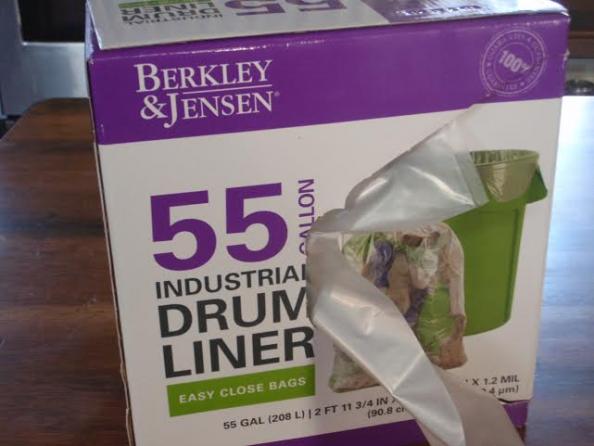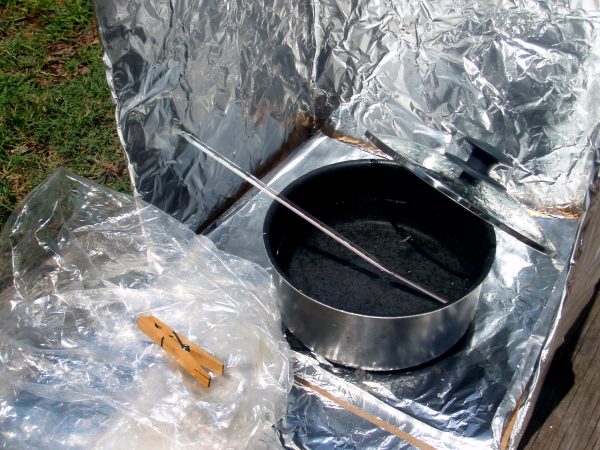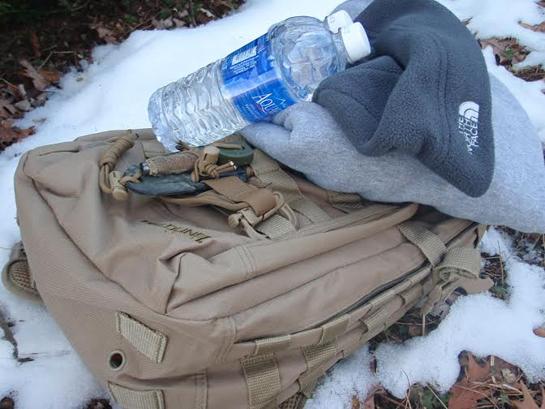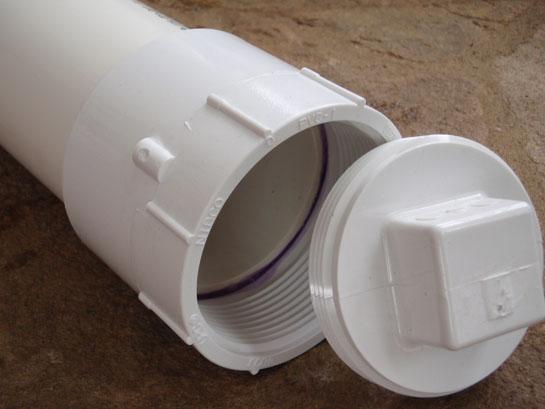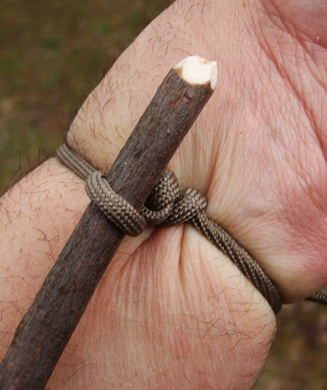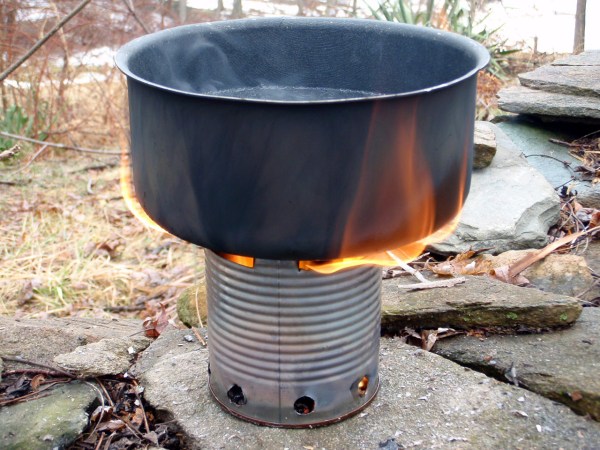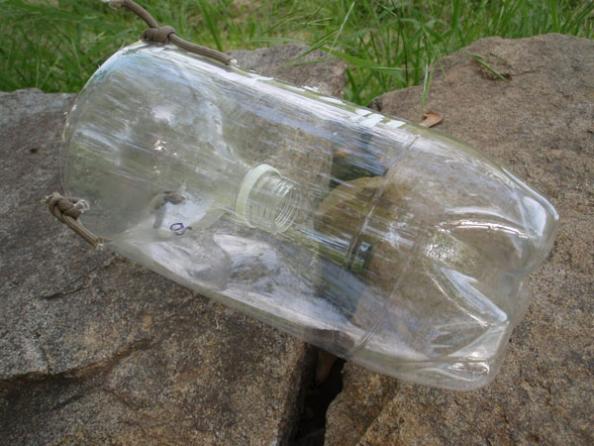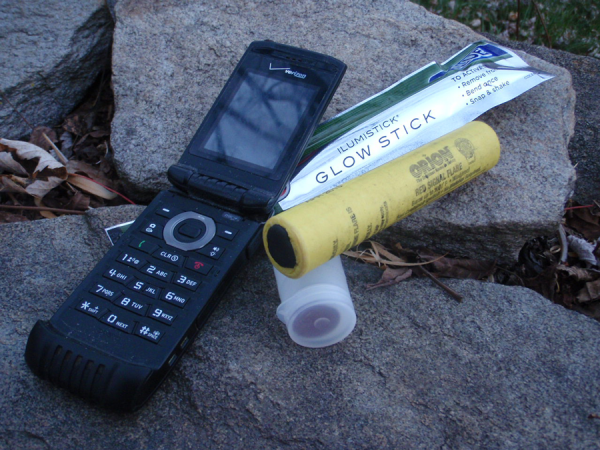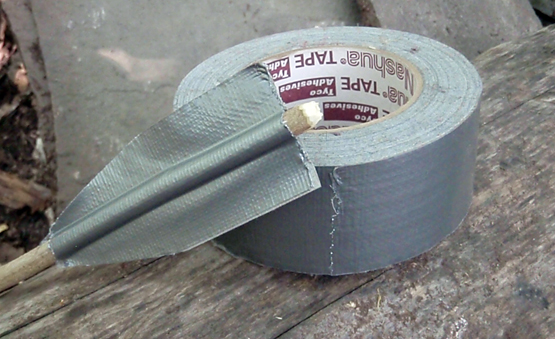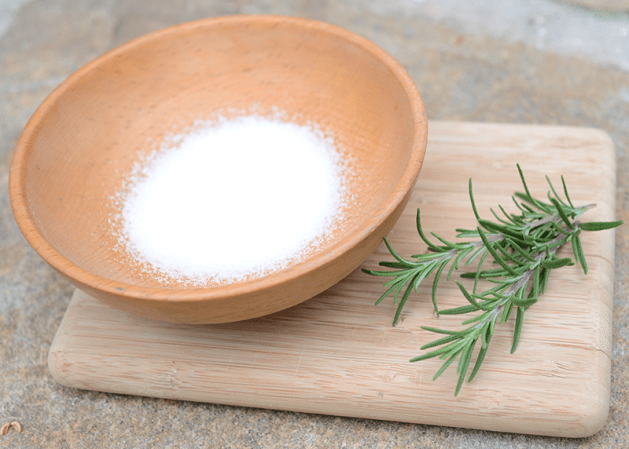Drum liners are meant to line 55-gallon barrels and drums, though they can be used for many other applications, too. Hand one of these generously sized plastic wonders to a crafty survivalist, and he’ll only be limited by his imagination. If you weren’t a believer in the utility of drum liners before, here are 15 good reasons to toss a couple in your survival kit.
1) Solar Still: Use a clear plastic liner it to build a solar still for drinking water production. Cut open the bag and lay it over a hole in a damp, yet sunny, location. This hole should have a container inside to catch water, and the drum liner should be buried around the hole’s top perimeter. The final touch for this solar powered water machine is a small stone in the center of the plastic liner, which should create a cone shape out of the drum liner cover, pointing at the container in the hole. A productive solar still can kick out several cups of water per day.
2) Cordage: Twist strips of the plastic into a serviceable–albeit slippery–cord.
3) Sleeping Bag: Fill a drum liner with insulating material to use in place of a sleeping bag. It’s even waterproof and wind-proof. Use leaves, grasses, clothing, or crumpled paper to keep out the cold.
4) Transpiration Bag: Place the entire drum liner over a healthy, non-toxic tree branch in a sunny spot. Tie the mouth of the bag shut around the branch and let the water vapor from the leaves condense and run to a low point in the bag for several hours. This water is ready to drink, though it will probably only be a few ounces. Move the liner to a new tree branch each day for best results.
5) Rain Jacket/Poncho: Poke a head-size hole in the bottom of a drum liner and pull it over you to ward off rain, sleet, snow or wind.
6) Igloo Window: Igloos and snow caves can be dark, cold, gloomy places. With a panel of clear drum liner plastic, you can build a window to let in light while keeping out the wind and cold. Optimal placement for such a window is on the south side of the shelter, as it will receive the most sunlight.
7) Rain Catch: Place the liner in a hole in the ground or other low spot to catch precipitation.
8) Food Storage: Cut the drum liner into sections sized to fit the foods you have. Bundle up these plastic sections with string, twist ties or tape. They’ll keep your food clean, dry, and separated.
9) Brewery: A common brewing container in prisons is a simple plastic bag. Scale it up at home with a big drum liner, and you’ll be able to get your whole neighborhood tanked up. Mix up your mash, beer, or wine in a food-grade bucket, set it inside the drum liner, and loosely close it with a bag tie. Carbon dioxide will seep out of the bag opening, despite the bag tie, but it will allow the completion of fermentation and prevent spoilage after fermentation.
10) Shelter Door: Regardless of the survival shelter you have made, you’ll still need a door for warmth and weather-proofing. Attach a drum liner to the top of your door frame. Then you can go in and out under it, like the flap on a dog door.
11) Bug Harvester: Wrangle some bugs for food or bait after dark with a clear drum liner and a flashlight. Suspend the liner with the opening facing upward. Turn on a flashlight and drop it into the open bag. Wait for the bugs to arrive in the dark, close the bag, and squeeze out the air to examine your haul.
12) Boot liners: Turn the drum liner into boot liners by cutting the corner sections to wrap around your socks inside your boots.
13) Fish trap: Use a few sticks and string to build a small frame to hold the liner mouth open. Attach that frame to the bag. Poke enough tiny holes in the bottom of the clear liner to allow ample water to flow through the bag. Stake the bag in place underwater in a slow-moving waterway and watch the small fish and crawdads pile up.
14) Temporary Backpack: Sling the bag over your shoulder and haul your supplies from one camp to the next like Santa.
15) Flotation Device: A drum liner full of air will keep you afloat if you find yourself adrift.
What did we forget? Let us know in the comments.
